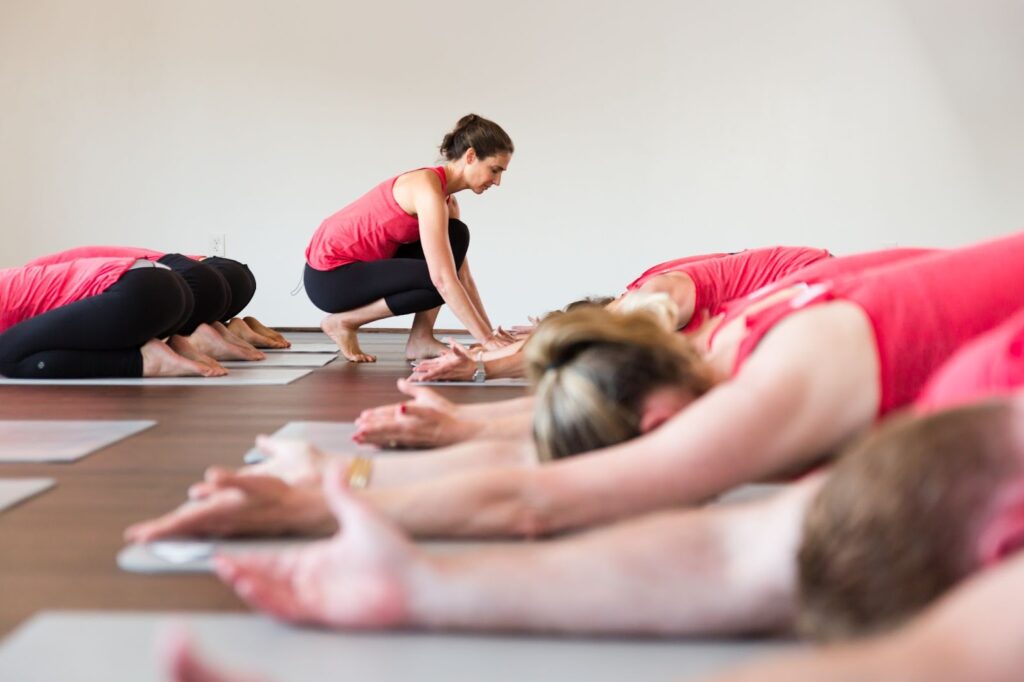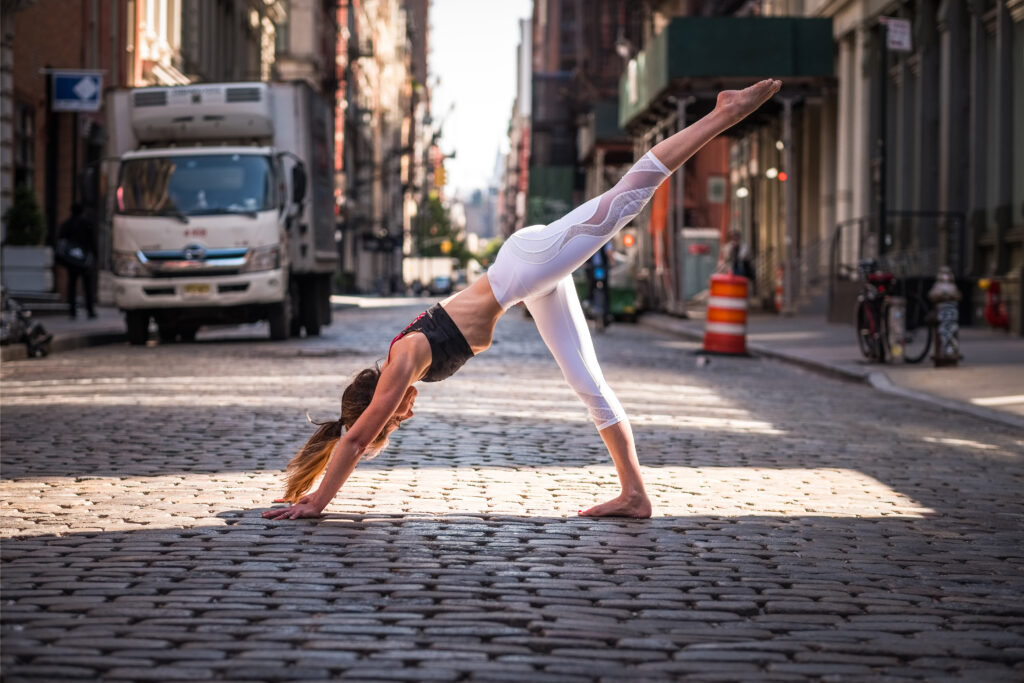You might be familiar with the term “Stroke” from a relative, friend, or perhaps someone famous on TV experiencing this broad spectrum of medical events. The World Health Organization (WHO), defines a stroke as “rapidly developing clinical symptoms and/or signs of focal, and at times global, loss of cerebral function, with symptoms lasting more than 24 hours or leading to death, with no apparent cause other than that of vascular origin.” A stroke is a term that is also known as a CVA or Cerebrovascular Attack and also encompasses a milder form entitled a TIA or Transient Ischemic Attack. All are related to some sort of loss of blood supply to the brain, whether temporarily or in the longer term. A CVA is typically caused by a blood clot or thrombosis. The clot can remain stationary or more dangerously travel from one area of the body to another such as the lungs becoming a life-threatening pulmonary embolism.
When experiencing a stroke, symptoms can range quite a bit. Depending on the areas of the brain that were affected and the size and time of the loss of blood flow, patients may exhibit changes in cognition, speech and swallowing, strength, motor control, changes in activities of daily living such as eating, washing, dressing, toileting and bathing, walking, balance, stability, and coordination. It is also common for a stroke to affect the complete motor (movement) function as well as the sensation of an entire side of the body such as the left arm, tru,nk and leg termed hemiparesis. While it is possible for some of these symptoms to resolve on their own over time, without the proper stimulus and rehabilitation, it is likely that these disabilities will remain long-term, having major implications on health and quality of life.
There are typically 4 phases of rehabilitation following a stroke: the acute phase (0-24 hrs), the early phase (24 hrs to 3 months post), the late phase (3-6 months post), and finally the additional chronic phase (>6 months post). The greatest and most significant changes are often seen and facilitated in the first 3 phases correlating with the biggest improvements in mental and physical function and quality of life. HOWEVER, significant and meaningful changes CAN still be made even in the chronic phase, GIVEN THE RIGHT STIMULUS! This is where really good PHYSICAL THERAPY comes into play!
Physical therapy interventions following a stroke are VAST and a study examining the benefits and effects of various modalities included: early mobilization (getting out of bed), sitting balance training, sit to stand training, standing balance training each with and without biofeedback, balance training during functional activities, body weight supported treadmill training, electromechanical stimulated gait training each with and without functional electrostimulation (using electrodes to facilitate muscle and motor unit contractions), speed dependent treadmill training without body weight support, overground walking, rhythmic gait cueing, community walking, virtual reality simulated training, circuit class training, caregiver mediated exercises, orthosis (or brace) for walking, water based exercises, interventions for somatosensory functions of the paralyzed limb (use of various textures and vibrations for sensory stimulus), electrical stimulation of the paralyzed limb, neuromuscular stimulation with and without EMG, and electromyographic biofeedback of the paralyzed limb. These are JUST the interventions specific to the lower limb, with the upper limb having similar and even more specific interventions for facilitating return of function. As far as overall physical fitness, interventions included: strength exercises for each the upper and lower limb, cardiorespiratory exercises such as cycling, treadmill or ergometer, and a mix of strength and cardiorespiratory exercise.
The final intervention analyzed AND MY PERSONAL FAVORITE was NDT or Neuro Developmental Treatment, as well as this technique performed at a higher intensity and in conjunction with other interventions. This specific treatment technique is what the LYT Yoga Method that I practice and teach was designed and based on. Lara Heimann, the physical therapist who created LYT, was highly trained in NDT while working in rehabilitation with stroke patients. She used the exercises, and principles of cross-motor pattern facilitation, intensity and repetition parameters in designing these classes in order to create meaningful changes to our physical bodies as well as neuromotor and mind-body connections.
We all have developed learned “non-use” of certain areas of the body, whether from a neurological or cerebrovascular event such as a stroke, or simply from habits and repetitive postures. Our bodies are trained to get the job done, by whatever means, typically utilizing the stronger, more skilled side repeatedly, leaving the less-trained side much weaker and ineffective. The movements in these classes incorporate forced reintegration ensuring both sides get used effectively and equally as well as stimulating cross-body motor patterns (making your left brain work with your right brain). That is why these yoga classes ARE SO MUCH MORE THAN JUST YOGA!
In general, the findings from the effects of physical therapy intervention on stroke recovery were extremely positive, and even more so when multiple interventions were combined. Most importantly, the frequency and intensity of training made the greatest difference indicating that an additional 17 hours of therapy over 10 weeks is necessary to find positive effects at the body level and participation level. It is recommended for the greatest benefit, as long as it is medically safe and able, for patients to exercise 45 minutes daily, and high repetition of functional task practice is extremely important in creating new neuronal connections. Without the expertise, equipment, hands-on facilitation, physical, mental, and verbal encouragement and feedback, it is difficult for patients to see effective functional changes and return to a prior level of function on their own.
Even if you or your loved one may have experienced a mild stroke or TIA, noticing just some residual numbness or lack of motor function of a limb or portion of a body part, DO NOT LET THIS GO UNRESOLVED. Even in the chronic stage significant changes can be made, when the right stimulus is provided. Seeking help from a trained Physical Therapist is key in developing your own individualized treatment plan. And if you just want to prevent the effects of loss of function, or continue to stimulate your brain and body in new ways, LYT Yoga Method classes are for you!
Click here to book a session with me for individualized Physical Therapy training with me, or find a practitioner in your area: https://ivyintegrative.janeapp.com/locations/ivy-integrative/book#/staff_member/18/treatment/155
References: https://journals.plos.org/plosone/article?id=10.1371/journal.pone.0087987






